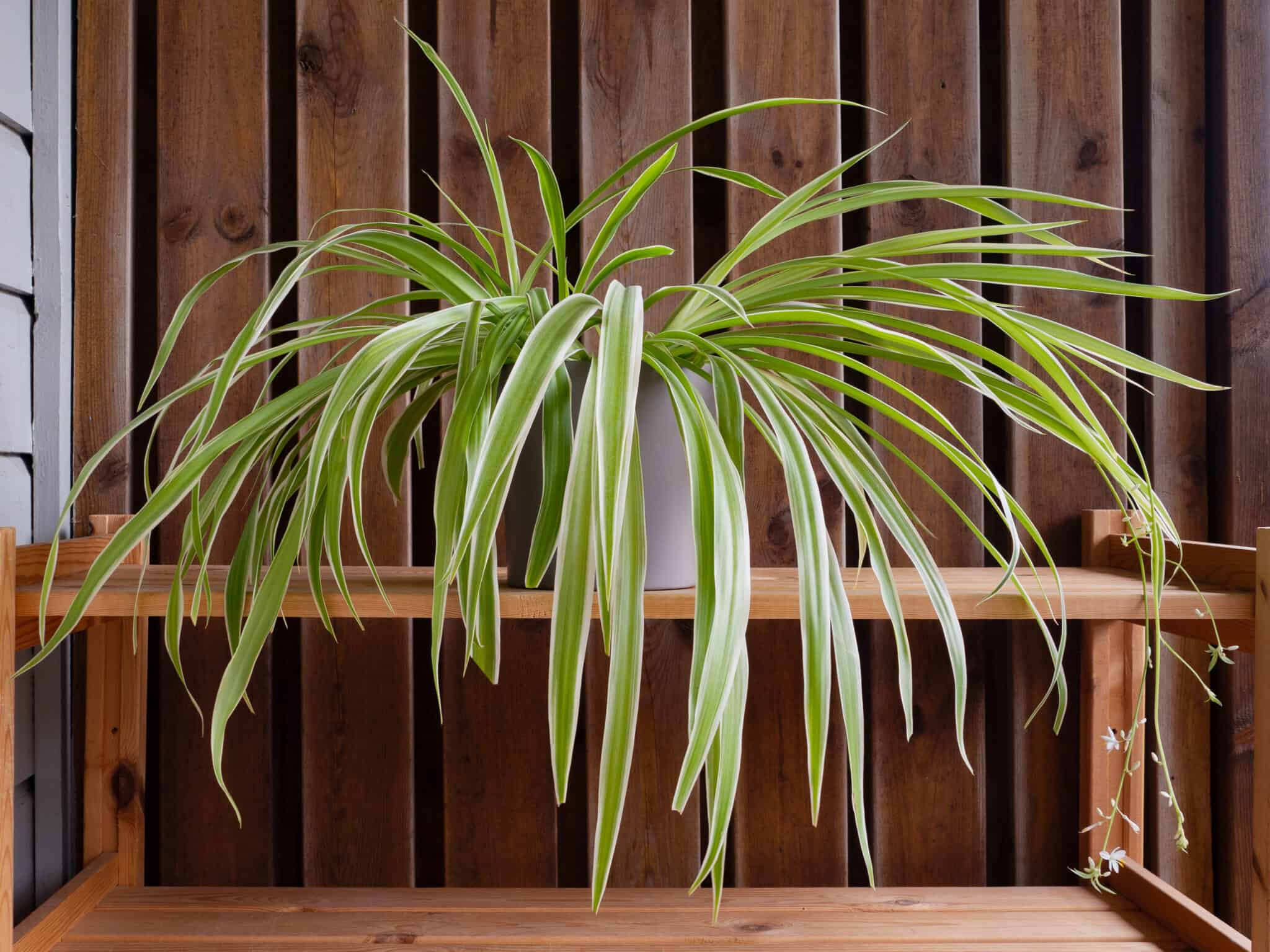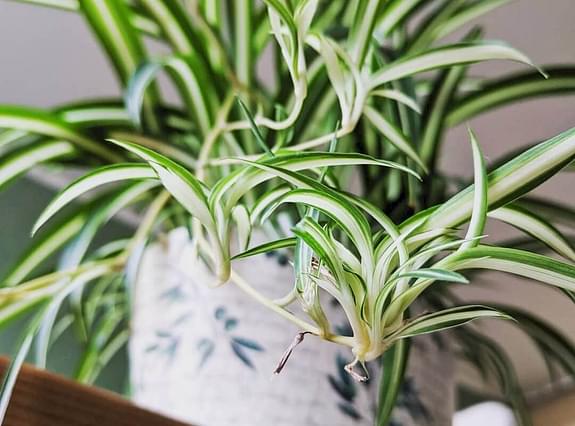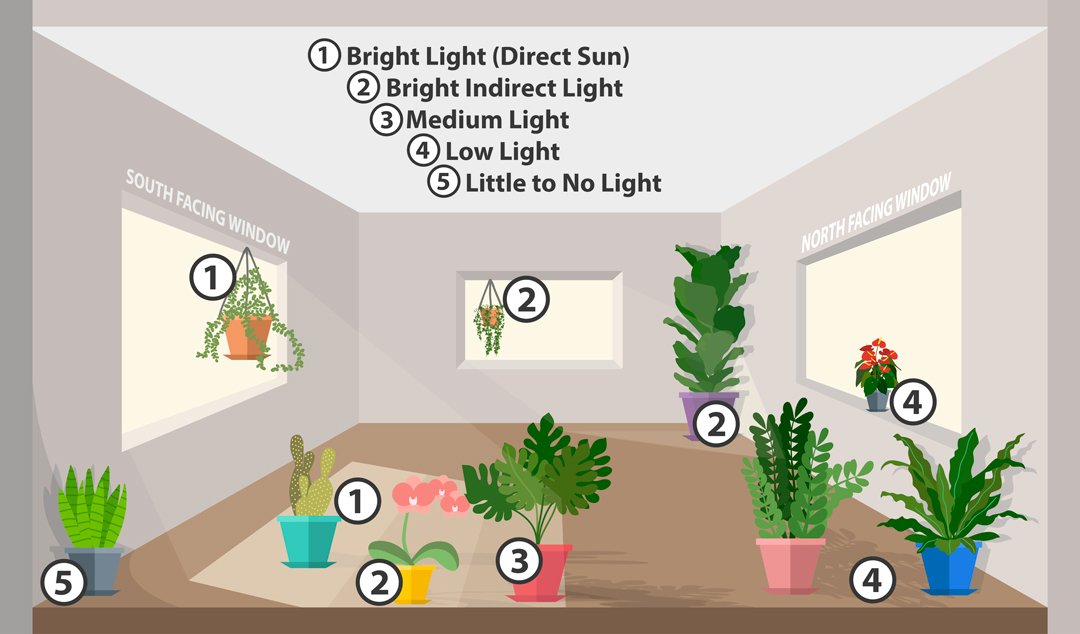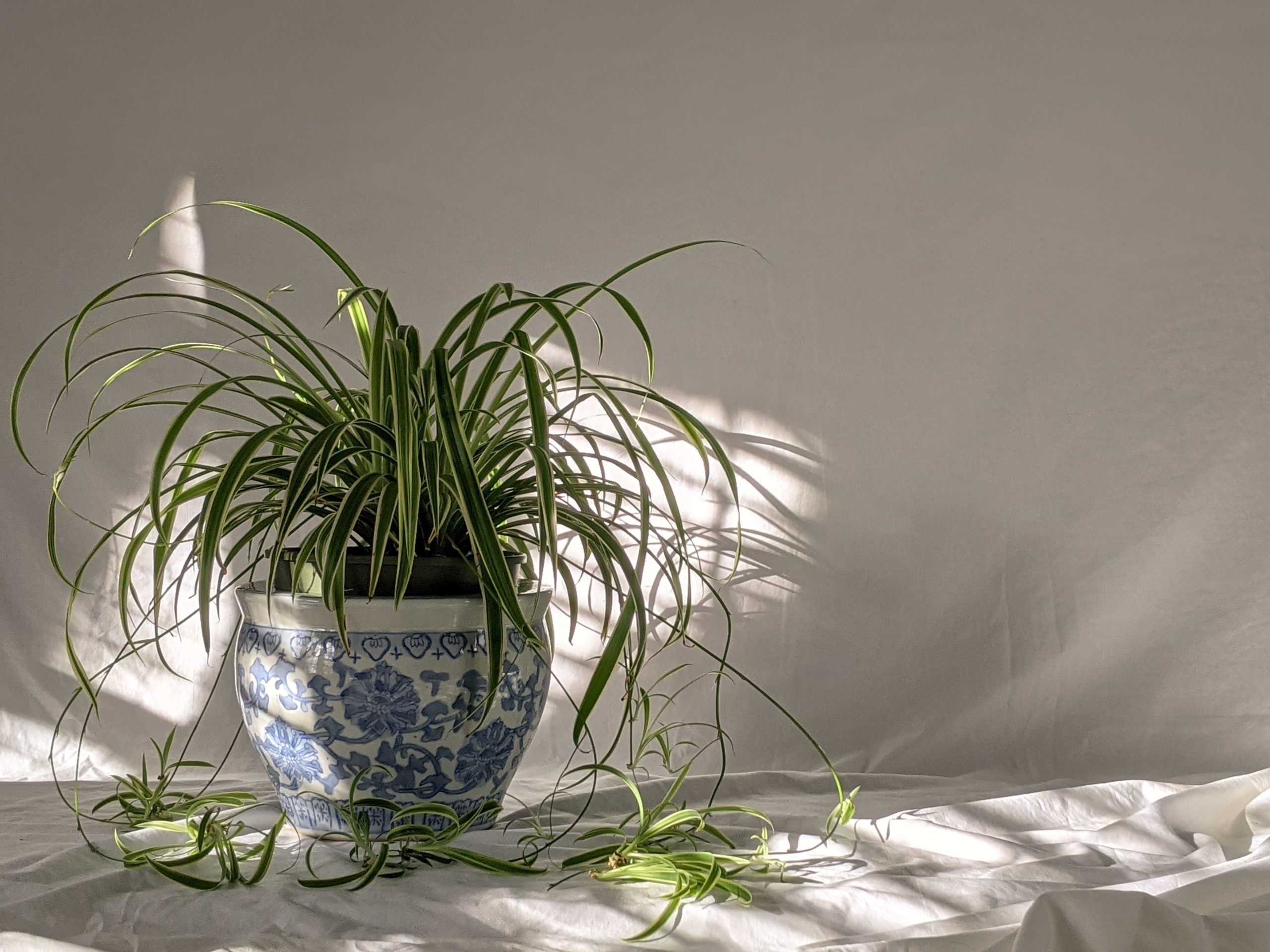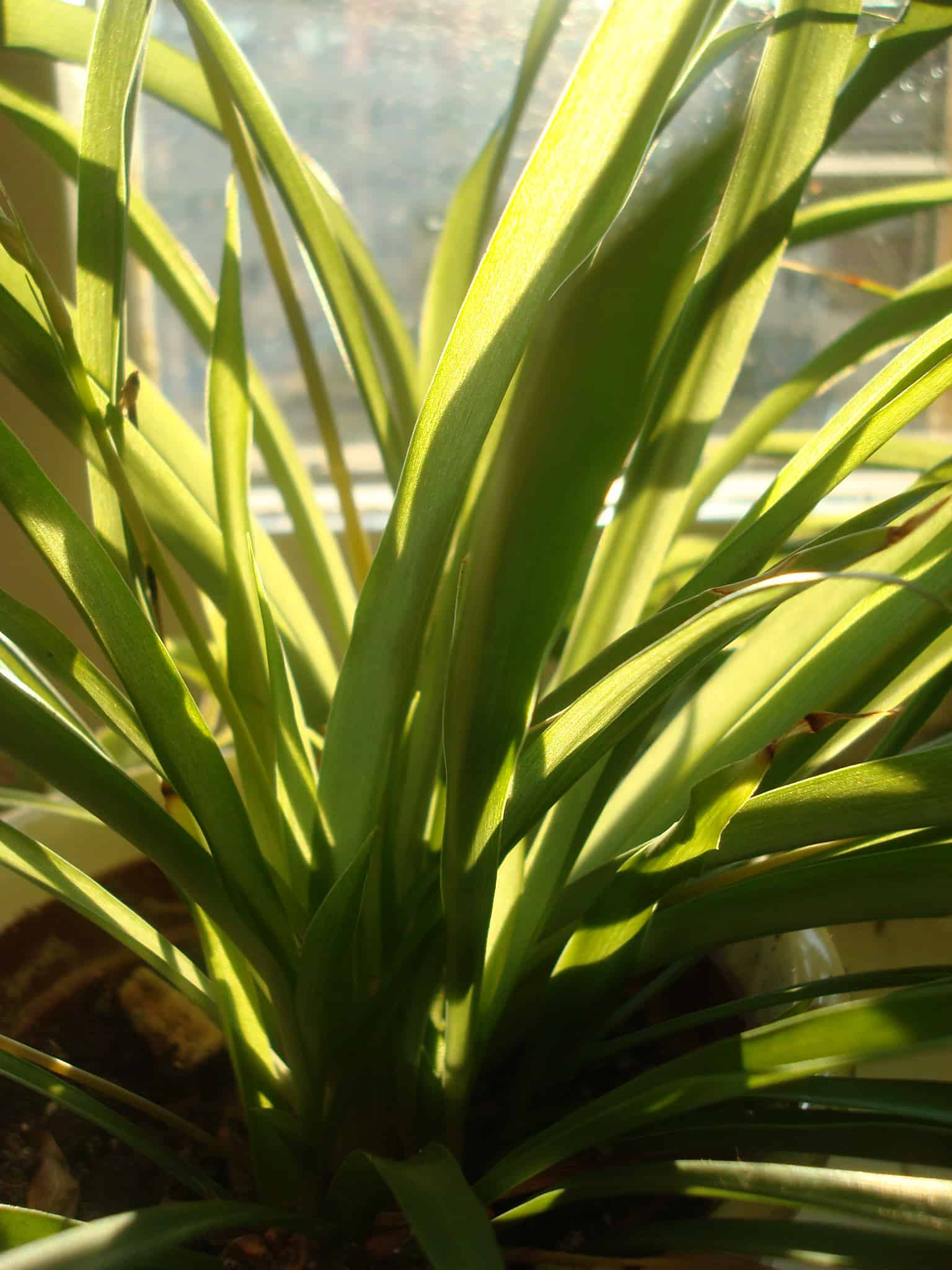Understanding the Lighting Needs of Spider Plants
Spider plants require specific lighting conditions to thrive. Proper lighting is essential for their growth, health, and overall appearance. When asking how much sun do spider plants need, it’s crucial to consider the type of light they receive. Spider plants need bright, indirect light to undergo photosynthesis, a process that converts light energy into chemical energy. Without sufficient light, spider plants may become leggy, weak, and more susceptible to disease. On the other hand, excessive light can cause scorching, leading to brown tips and crispy leaves. By understanding the lighting needs of spider plants, you can provide the right conditions for your plant to flourish.
How to Provide the Right Amount of Sunlight for Your Spider Plant
When it comes to providing the right amount of sunlight for your spider plant, it’s essential to strike a balance. Spider plants need bright, indirect light to thrive, but too much direct sunlight can be detrimental. So, how much sun do spider plants need? Ideally, spider plants require 1-2 hours of direct sunlight per day, followed by 4-6 hours of indirect sunlight. This can be achieved by placing your spider plant near an east- or west-facing window, which provides gentle, filtered light. Avoid placing your spider plant in a south-facing window, as this can cause scorching and damage to the leaves. By providing the right amount of sunlight, you can promote healthy growth, encourage blooming, and enjoy the many benefits of having a thriving spider plant.
The Impact of Direct vs. Indirect Sunlight on Spider Plant Growth
When it comes to understanding how much sun do spider plants need, it’s essential to differentiate between direct and indirect sunlight. Direct sunlight, which is intense and concentrated, can be detrimental to spider plants if they receive too much of it. Prolonged exposure to direct sunlight can cause scorching, leading to brown tips, crispy leaves, and a weakened plant. On the other hand, indirect sunlight, which is filtered and gentle, is ideal for spider plants. Indirect sunlight provides the necessary light for photosynthesis without posing a risk of scorching. East- and west-facing windows are excellent sources of indirect sunlight, making them ideal locations for spider plants. By understanding the differences between direct and indirect sunlight, you can provide your spider plant with the right amount of light to thrive.
East-, West-, and South-Facing Windows: What’s Best for Spider Plants?
When it comes to providing the right amount of sunlight for your spider plant, the orientation of your window plays a crucial role. The direction your window faces determines the intensity and duration of sunlight exposure, which in turn affects how much sun your spider plant needs. East-facing windows are ideal for spider plants, as they receive gentle, indirect sunlight in the morning, promoting healthy growth and development. West-facing windows are also suitable, providing a similar intensity of sunlight in the afternoon. However, south-facing windows should be avoided, as they receive direct, intense sunlight that can cause scorching and damage to the leaves. By understanding the differences between east-, west-, and south-facing windows, you can choose the best location for your spider plant to thrive.
What to Do If Your Spider Plant Isn’t Getting Enough Sunlight
If you’re struggling to provide your spider plant with sufficient natural sunlight, there are alternative solutions to ensure it receives the light it needs. One option is to use grow lights, which can supplement the natural light and provide the necessary intensity and duration for healthy growth. When choosing grow lights, consider the type of light your spider plant requires, such as LED, fluorescent, or incandescent, and the distance between the light and the plant. Another solution is to move your spider plant to a brighter location, such as a sunroom or a balcony, if possible. Additionally, you can rotate your spider plant regularly to ensure even exposure to sunlight, which can help prevent lopsided growth. By understanding how much sun do spider plants need and providing alternative light sources, you can ensure your spider plant thrives even in low-light conditions.
Common Mistakes to Avoid When Providing Sunlight to Spider Plants
When it comes to providing sunlight to spider plants, it’s essential to avoid common mistakes that can harm these delicate plants. One of the most critical mistakes is overexposure to direct sunlight, which can cause scorching, leaf burn, and even plant death. To avoid this, ensure that your spider plant is not placed in a spot that receives direct sunlight for more than 4-6 hours a day. Another mistake is underestimating the importance of filtered light, which can help reduce the intensity of direct sunlight and promote healthy growth. Additionally, failing to monitor your spider plant’s response to sunlight can lead to neglecting its needs, so it’s crucial to observe and respond to its reaction to sunlight. By being aware of these common mistakes, you can ensure that your spider plant receives the right amount of sunlight, answering the question of how much sun do spider plants need, and thrives in its environment.
Monitoring Your Spider Plant’s Response to Sunlight
Monitoring your spider plant’s response to sunlight is crucial to ensure it receives the right amount of light. By observing your plant’s reaction, you can adjust its placement and lighting conditions to meet its needs. Signs of too much sunlight include scorched leaves, wilted stems, and a general decline in health. On the other hand, signs of too little sunlight include weak and spindly growth, pale leaves, and a lack of vigor. To determine how much sun do spider plants need, pay attention to your plant’s color, texture, and overall appearance. If your spider plant is receiving too much direct sunlight, consider moving it to a spot with filtered or indirect light. Conversely, if it’s not receiving enough sunlight, consider supplementing with grow lights or relocating it to a brighter location. By monitoring your spider plant’s response to sunlight and making adjustments accordingly, you can ensure it thrives and remains healthy.
Optimizing Spider Plant Care: Balancing Sunlight with Other Essential Factors
While sunlight is a crucial aspect of spider plant care, it’s essential to balance it with other essential factors to ensure the overall health and well-being of your plant. Watering, fertilization, and pruning are all critical components of spider plant care that must be considered in conjunction with sunlight. Overwatering, for example, can lead to root rot and other problems, even if your spider plant is receiving the right amount of sunlight. Similarly, underfertilization can stunt growth and prevent your plant from reaching its full potential. Pruning, on the other hand, helps maintain shape, promotes healthy growth, and encourages the production of baby plants. By balancing sunlight with these other essential care factors, you can create an optimal environment for your spider plant to thrive. Remember, understanding how much sun do spider plants need is just one part of the equation – combining it with proper watering, fertilization, and pruning will result in a happy, healthy spider plant.


